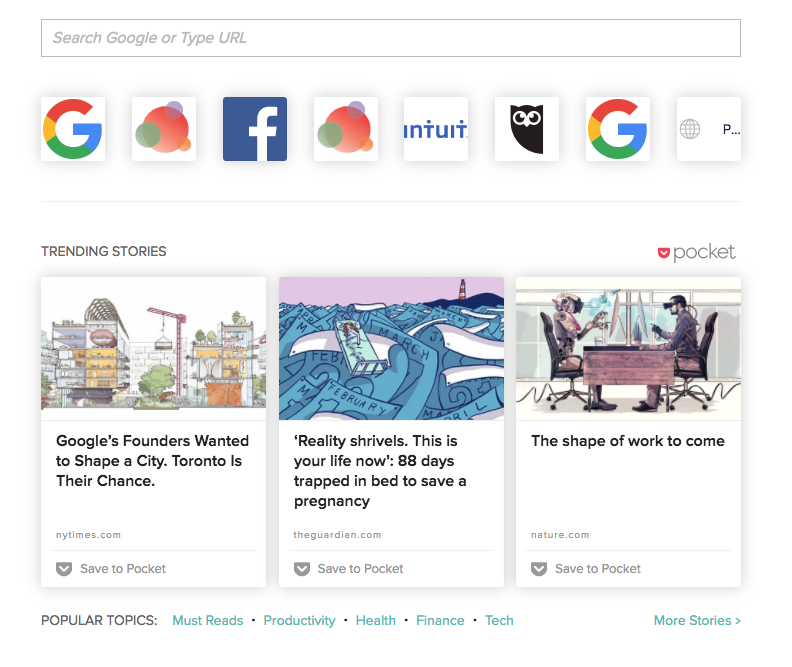 About once a month, I invite someone I respect and admire to join me for the Spin Sucks Fireside Chat.
About once a month, I invite someone I respect and admire to join me for the Spin Sucks Fireside Chat.
During that conversation, we talk about work, life, parenting, and love.
I always come away from those conversations fulfilled and intellectually satisfied.
Such was the case when I got to spend nearly an hour with Andy Crestodina, discussing advanced content marketing.
He gave me a page and a half of ideas, that I was jotting down as fast as I could, while also interviewing him.
I had my team watch the conversation before we release it and Dawn Buford said:
How is it that Andy is not a professor at the University of Chicago? Or Northwestern’s biz school? He’s so smart and in an uncomplicated way.
I could not agree more.
His brain is full of wisdom and he shares it in a way that is easy-to-understand.
One of the things we discussed is how to update and create fresh content, and become the very best page on the internet for your topic.
(The video is so good, we decided to make it available only to the PR Dream Team, so what the heck are you waiting for?)
13 Ways to Update and Create Fresh Content
Andy is big on repurposing and updating old content.
As you know, things change so quickly that it’s easy to have a plan to keep older content updated.
I did this recently with a “deskside briefings” article.
I noticed that it was the featured snippet on the topic, but the article was ollllllllld.
As in, 10 years old.
Not only that, but it was uncategorized and didn’t have an image or category and it was really short.
You can see it’s still the featured snippet, but now it has a date just a month old, is categorized, and the SEO is much better.
And that is one way to have fresh content.
Update Old Content
It’s incredibly easy these days to go into Google Search Console and figure out which of your content needs a refresh.
And, if you use a tool, such as Moz or SEMRush, it’s even easier.
Upload your priority keywords, and watch what the data tells you.
For instance, PESO model (for obvious reasons) is a priority keyword for us.
When I go into Moz, you can see we held steady at the #4 or #5 spot for quite some time.
But now we’ve moved to the #3 spot.
I’d like us to own the #1 spot. We did, after all, invent the darn thing.
So I’ll create a plan to update old content on the topic and make sure that blue line continues to increase to the #1 line.
Subscribe to SmartBrief
I’m a big, big fan of the SmartBrief newsletters.
They aggregate a bunch of content every day (at least 10 articles) around one topic (I subscribe to entrepreneurship, leadership, and social media).
It’s pretty likely they have a newsletter for your industry.
You don’t even have to read them in their entirety.
You can scan the headlines and descriptions and see if there is something that is interesting to you.
If you’re like me, you’ll click on a bunch of links and have many tabs in your browser open.
Then, as you go to produce fresh content, you can go through your tabs for inspiration.
Use Pocket
Because I have the really bad habit of clicking on links and keeping them open in tabs in my browser, I use Pocket differently than it’s intended.
They have Recommended and Explore sections that, over time, learn your preferences and send you articles to read.
I especially love that when I open a new tab, I have three recommended stories right there.
This is an incredibly easy way to keep up on trending stories and current events, but also give you inspiration when it’s time to produce fresh content.
Subscribe to Talkwalker Alerts
I love, love, love Talkwalker alerts.
And I love them even more now that I can throw them into a newsfeed in Hootsuite instead of having them come into my email.
Create an alert for your industry or your specialty and pay attention to the trends.
There are a lot of fresh content ideas in there.
Read the Comments
It’s not often it’s recommended to read the comments, but in this case, it’s important to do as you produce fresh content.
Maybe no one is commenting on the content you create.
We certainly have clients like that.
Readership and subscribers grow significantly every month, but no one comments.
So read the comments on other blogs inside the industry.
Read the Twitter streams.
Read the comments on Facebook updates.
This is what we’ll call real-time research.
Find out what strikes the fancy of your audience.
Pay Attention to Current Events
Can you provide a perspective on Harvey Weinstein or Robert Scoble?
(Maybe it’s what not to do when issuing an apology.)
Or perhaps your organization has a different way it works.
Sometimes scanning the news is the best way to get past writer’s block and help you produce fresh content.
Look at Your Favorite Blogs in a Different Way
Take a look at your favorite blogs.
They don’t have to be related to your industry. They could be on writing or sports or food.
By reading the things you enjoy, you almost always gain inspiration for your own fresh content.
Mike Connell consumes a ton of content about writing fiction.
Because of that, he always has interesting ways other content producers are using podcasts and membership sites to build their audiences.
It was Stephen King who said:
If you don’t have time to read, then you don’t have time to write.
Reading does make you a better writer.
If you want to produce fresh content, you have to be a student of other writing.
Type Something into Google
When you type something into Google, it often shows suggested search phrases.
These are phrases other people have been looking up, and some of them can be quite surprising.
Try typing in a few random keywords that are related to your industry; some of the search suggestions might give you ideas.
Plus, along with providing inspiration, it gives you an idea for what people are searching.
This can help you keep your content fresh.
Use a Keyword Research Tool
Keyword research tools aren’t just handy for search engine optimization.
A good keyword research tool will present you with both words and phrases that are related to your industry and can help get your creative juices flowing.
Use it both as I’ve described above, but also to give you new ideas.
If you type in a keyword, it always gives you suggestions.
This is a great way to produce fresh content.
Find Out What Your Competition is Doing
It’s never a bad idea to keep an eye on what your competitors are posting about on their own blogs.
The idea isn’t to actually steal their blog post ideas, but it can give you ideas that you might not have thought of yet.
This is especially true if you pay attention to the feedback that they have received on various posts.
If you’re in the same industry and their readers like a certain topic, those same readers might like a similar topic on your own blog.
Moz had some useful advice on this topic earlier this week.
Pay attention to what resonates for your competitors and produce fresh content that is tangentially related.
Read Industry Forums
There are many reasons to read forums that are related to your industry.
They can help with networking and give you a platform to build thought leadership.
The best use, though, is they can give you an idea of the things that people are interested in and the questions they’re asking.
Produce fresh content around the questions, with answers only you can provide.
Once you’ve answered common topics, you can go back to those forums and post your blog as a resource for those looking for answers.
Now you have fresh content AND a way to drive new traffic.
Keep a Notebook on Hand
I often tell the story of how Andy and I used to have a monthly geeks dinner (before kids).
During those dinners, we would pull out our notebooks and share content ideas.
Because he and I are interested in the same topics, we’d often have contests to see who could rank on the first page of Google for the same topic more quickly.
I’m fairly certain he would beat me today, but back then…it was a real competition.
You never know when inspiration is going to strike.
To consistently produce fresh content, keep a notebook on hand to jot down ideas.
It doesn’t have to be an actual notebook—it can be the Notes app on your phone.
The point is to jot down ideas when they come to you.
When in Doubt, Ask Your Audience!
If you want to know what content your audience wants to see, ask them.
Pose the question to your audience or subscribers and then follow-up on their responses.
Ask what kinds of content they want to see more of, and if they have suggestions on how you can improve.
You’ll likely get a slew of new blog post ideas.
We do this through The Big Question and Corina Manea does a great job of it on Facebook.
Sometimes the questions are silly (what was your first job?), but they always lead to something larger and more strategic.
It’s Your Turn
So there you have it!
Thirteen ways you can produce fresh content.
Now the floor is yours.
What helps you? What else would you add?


